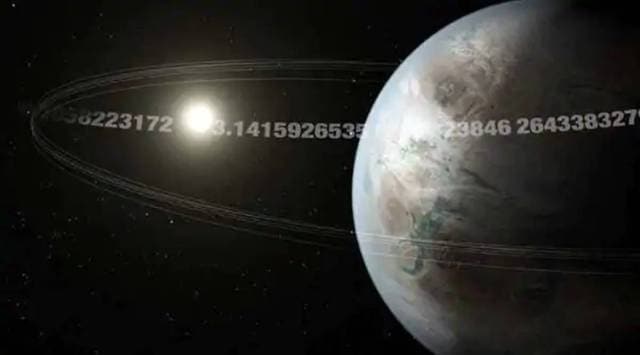- India
- International
Scientists discover an Earth-like planet called ‘Pi-Planet’
As per the group of astronomers the signal of the planet orbiting around the star were first found in 2017 through NASA’s Kelper space telescope K2 mission by syncing data from ground-based telescopes.
 The Pi-planet is inhabitable (NASA, MIT)
The Pi-planet is inhabitable (NASA, MIT)Astronomers at MIT have claimed to find a new look-alike planet similar to the Earth. In a riveting combination of inferences that these astronomers have drawn from their telescopic observation, the planet has been called as ‘Pi-Planet’ pertaining to the fact that it takes exactly 3.14 days to revolve around its star.
The planet moves on the path of its orbit at the speed of 81kms per second while it has been named as K2-315b. According to the researchers, this planet is apparently inhospitable due to its orbit’s proximity to the star around which it revolves. As a consequence of this phenomenon, the temperatures on the surface of the planet go as high as 350-degree Fahrenheit.
As per the group of astronomers the signal of the planet orbiting around the star were first found in 2017 through NASA’s Kelper space telescope K2 mission by syncing data from ground-based telescopes. Prajwal Niraula a graduate student and a lead author of the paper published in ‘Astronomical Journal’ said that the planet moves in a clockwork-like fashion.
The terrestrial planet orbits a cool, low-mass star that is almost one-fifth the size of the sun. It has a radius equivalent to that of 0.95 of the earth, making it almost the size of our planet.
The research has been made possible only through a system of SPECULOOS telescopes. This indeed is a network of 1-meter telescope in Chile’s Atacama Desert for monitoring Habitable Planets Orbiting Ultra Cool Stars. They mostly observe across the swathes of the southern hemisphere to find more such objects in the space.

Mostly, these network of telescopes looks for ultracool, dwarf and small and dim stars. In accordance with the scientist’s explanation, these dwarf objects are scattered in the space. The astronomers, then search for crucial data signifying irregular transits, or periodic dim of the lights which ultimately give a possible explanation of the planet passing in front of them.
Express Tech is now on Telegram. Click here to join our channel (@expresstechie) and stay updated with the latest tech news
The researchers have optimistically emphasized upon to reveal new findings regarding the atmospheric activities on the planet, that they have been monitoring constantly through James Webb Space Telescope. Other such Earth-like planets are also observed consistently to discover a certainly new phenomenon in an alien world.
More Tech
Apr 19: Latest News
- 01
- 02
- 03
- 04
- 05






























